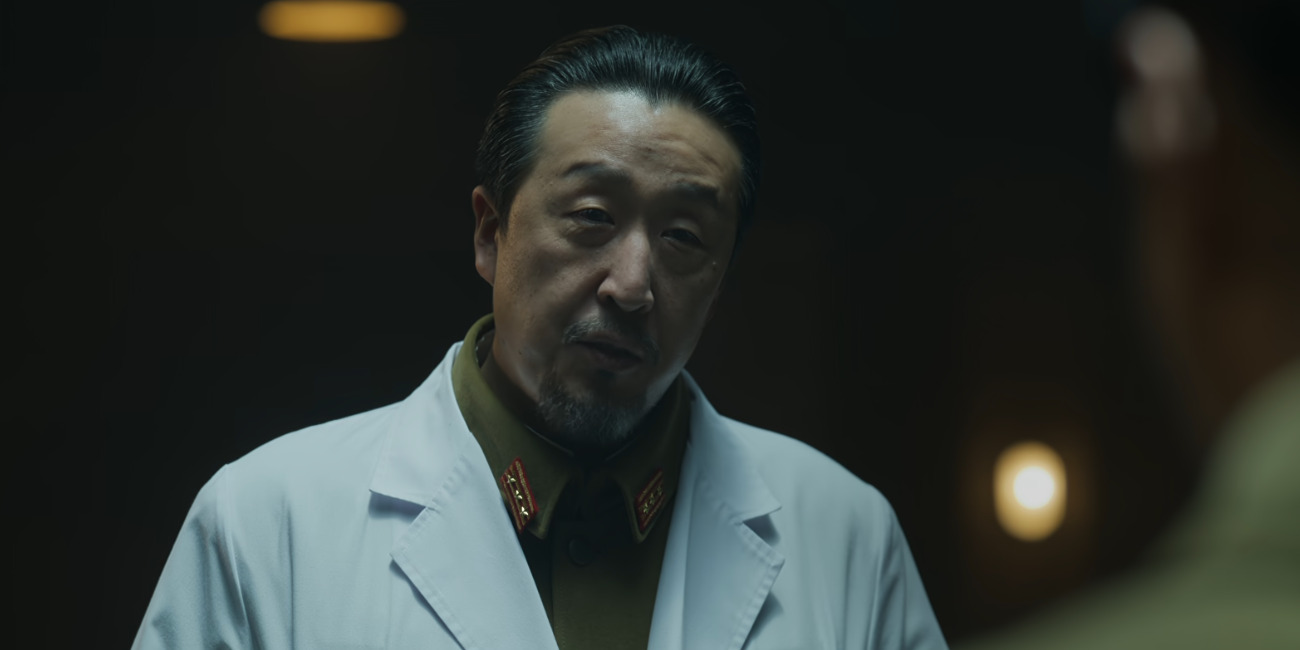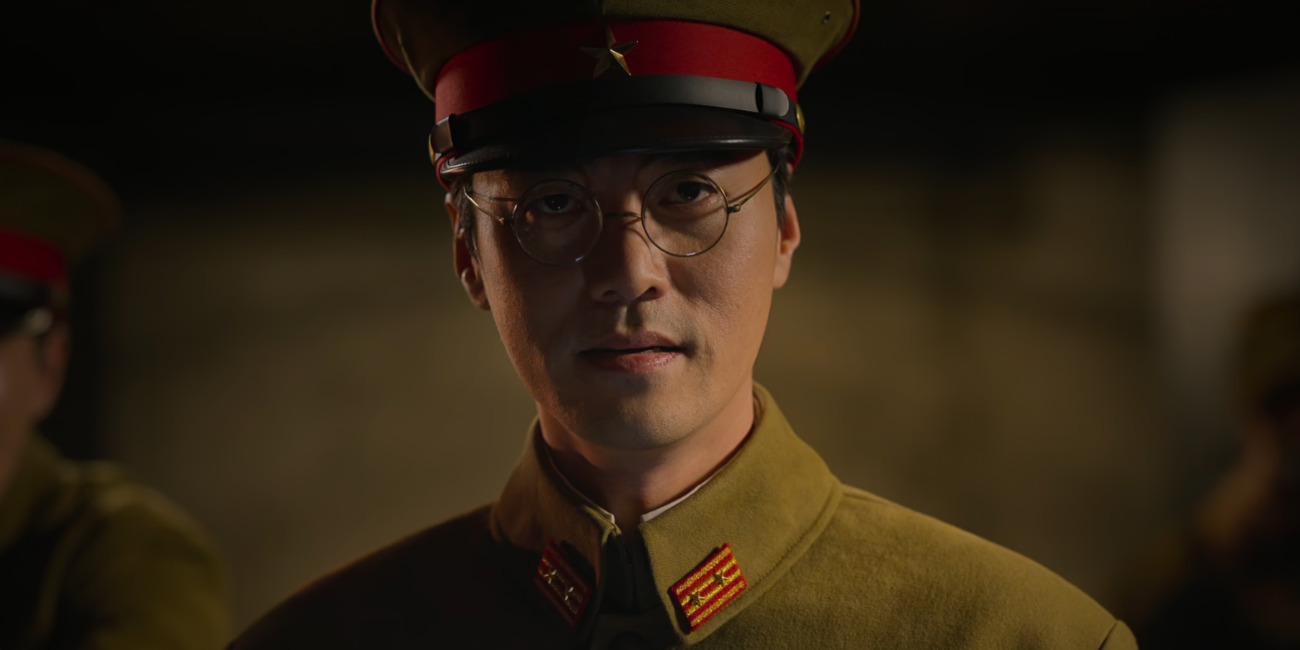Netflix’s ‘Gyeongseong Creature,’ a Korean historical drama show with mixed elements of sci-fi horror, delves into the year 1945, when citizens of Korea, then known as Joseon, faced brutal occupation and colonization at the hands of the Japanese. Amidst the same, Jang Tae-sang, a wealthy Joseon pawnshop owner, overlooks the city streets as the king of information, known for his resourceful ways. As a result, he gets caught up in an unpleasant situation when Japanese military Commissioner Ishikawa threatens to take everything away from him unless he finds his missing mistress.
The ensuing search leads Tae-sang to a Manchurian Sleuth, Yoon Chae-ok, who traces the woman’s location at the mysterious Ongseong Hospital, jumpstarting the duo’s investigation into the hospital, full of many horrors. Despite the show’s roots in the supernatural genre, the narrative paints a vivid image of its historical setting, mining inspiration from real-life socio-political issues to maintain a thematic center. As such, viewers are bound to wonder if there’s any reality behind the Ongseong Hospital as well.
The Fictional Horrors at Ongseong and Their Real-Life Connection
No, The Ongseong Hospital from ‘Gyeongseong Creature’ is not based on a real-life hospital. Within the series, the hospital is best known for the covert, inhumane experiments that go on at the military ward behind the main building. Eventually, these experiments lead to the vicious Gyeongseong Monster’s birth. Since these events are obviously fictitious in nature, given Japan never created a human hunting monster through experimentation on Joseon citizens, the Ongseong hospital similarly remains a work of fiction.

Yet, like other aspects of the show that draw from the 1940s period setting, so does the Ongseong Hospital. The narrative highlights the Japanese occupation’s crimes and misdoings against the Joseon population, specifically through the military/law enforcement’s abuse of power. By doing so, it sparks conversations about the unjust power the Japanese held over the Koreans during much of the 1900s.
As such, the Ongseong Hospital, an establishment overrun with armed Japanese guards who are terrorizing caged Joseon citizens, becomes an undeniable metaphor for colonial rule and its brutalities. Even as a bloodthirsty monster ran rampant within the hospital walls, its monstrosity pales in comparison to its creator, The Japanese scientists and officers who were administering cruel human experiments on abducted Joseon citizens.
Thus, by pitching The Onseong Hospital alongside its human-made monster, the show effortlessly parallels the horrors within the medical facility to the real-life horror of Japan’s colonial role over Korea. Furthermore, the same also references a particularly dark time in the country’s history under the former nation’s rule.
In the 1930s through 1940s, the Japanese Imperial Army commanded a special branch, Unit 731, that conducted experiments on Chinese and Korean citizens. The Unit carried out these deadly experiments in the hopes of creating biological and chemical weapons of warfare. According to estimation, the unit, officially known as the Epidemic Prevention and Water Purification Department, conducted cruel experiments on about 3,000 people from China and Korea.
Thus, even though the specifics of what went on inside the Ongseong Hospital are fabricated details, the general idea of Joseon citizens’ torture by the Japanese military isn’t an unfounded plot point. Consequently, despite its fictionality, the Ongseong Hospital manages to sustain some dark roots in reality.
Read More: Gyeongseong Creature: All Shooting Locations of the Netflix Movie


You must be logged in to post a comment.